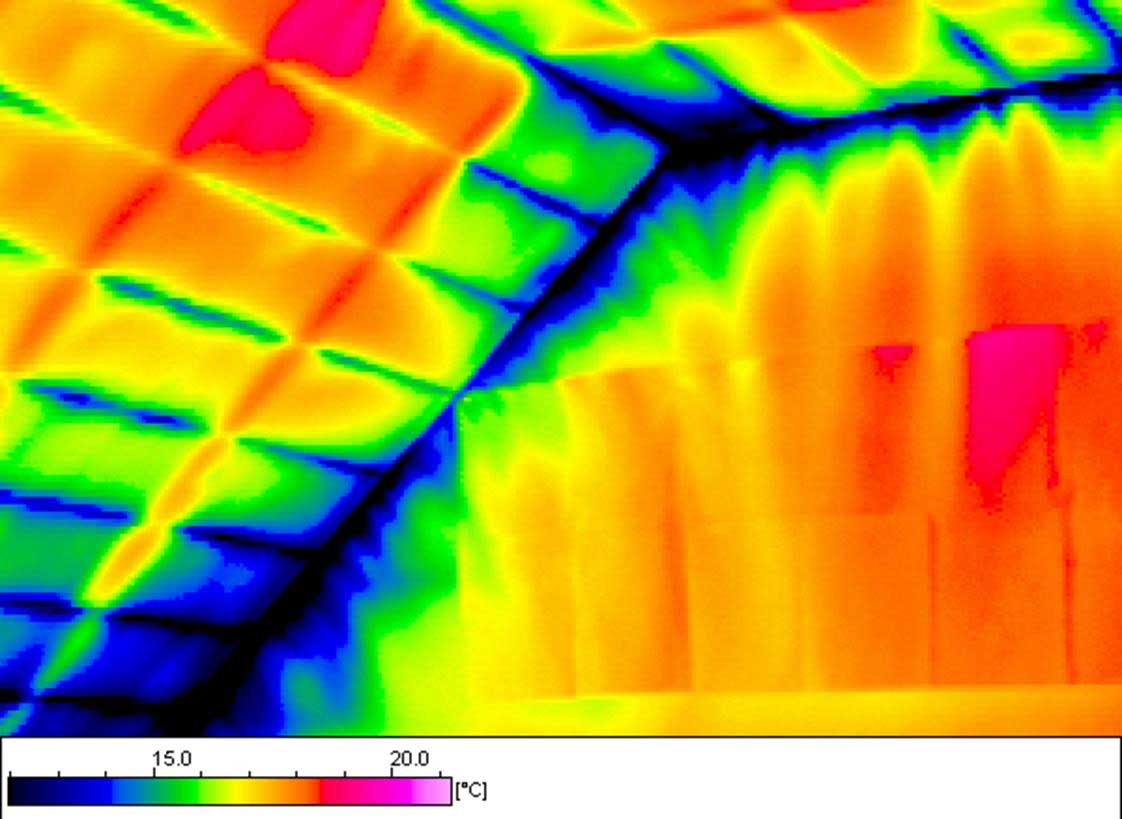10 basic steps for improving air quality in the home

1. Open windows on alternate sides of the house to purge the air of pollutants and let fresh air in. Avoid drying clothes indoors as this can become a significant source of moisture.
2. Common houseplants such as Peace Lily, English ivy and Spider Plants. While some will argue plants can remove harmful chemicals from the air, their effectiveness at improving IAQ is debateable. Still, as they generate oxygen and provide a green feel-good factor they can be a good addition to the living areas of your home.
3. Use a vacuum with a HEPA (high-efficiency particulate air) filter as this will remove house dust mites and other forms of dust particles instead of scattering them around the room, as ordinary vacuums will do. Most importantly, remember to regularly change/clean the filter to ensure it remains effective.
4. Be aware that wall-to-wall carpeting especially in bedrooms, is a haven for dust mites. Where possible use tiled or wooden floors. If this is not feasible vacuum regularly.
5. Limit the amount of cleaning products you buy that contain household chemicals. There are plenty of non-toxic alternatives. Also reconsider the products used in family beauty regimes such as shampoos, face cream, soaps and gels, etc. as many of these contain nasty chemicals that are not just toxic to us but also to the environment. Avoid using air fresheners which are ironically often the most toxic of all household products; bear in mind pesticides are an important source of indoor pollution too.
6. Candles can add great ambience to the home but only use natural wax candles without chemical fragrances; also remember gas cookers generate emissions so don’t forget to turn on the extractor fan when in use (some studies suggest using back rings of cooker can significantly reduce exposure too).
7. Get good quality doormats so that contaminants are not dragged into the home from the outside.
8. Monitor the toxin levels there are of course plenty of good quality carbon monoxide and carbon dioxide monitors in the market place but you could also consider a domestic Volatile Organic Compounds (VOCs) monitor that measures tVOCs (total concentration of VOCs) which may help increase awareness of pollutants in your home. Note though that individual VOCs’ toxicity levels range vastly, therefore tVOCs cannot provide an adequate indication of risk to health.
9. Try to minimise the use of building materials which emit high levels of VOCs there are of course plenty of good quality carbon monoxide and carbon dioxide monitors in the market place but you could also consider a domestic Volatile Organic Compounds (VOCs) monitor that measures tVOCs (total concentration of VOCs) which may help increase awareness of pollutants in your home. Note though that individual VOCs’ toxicity levels range vastly, therefore tVOCs cannot provide an adequate indication of risk to health.
10. Consider introducing hygroscopic materials and vapour permeable materials to help offset fluxes in humidity within the living space. While ventilation is the primary means of regulating humidity, lime and clay plasters, or pure sheep wool furnishings help regulate surface humidity, break down VOCs and in turn reduce the risk of mould or dust mites.







